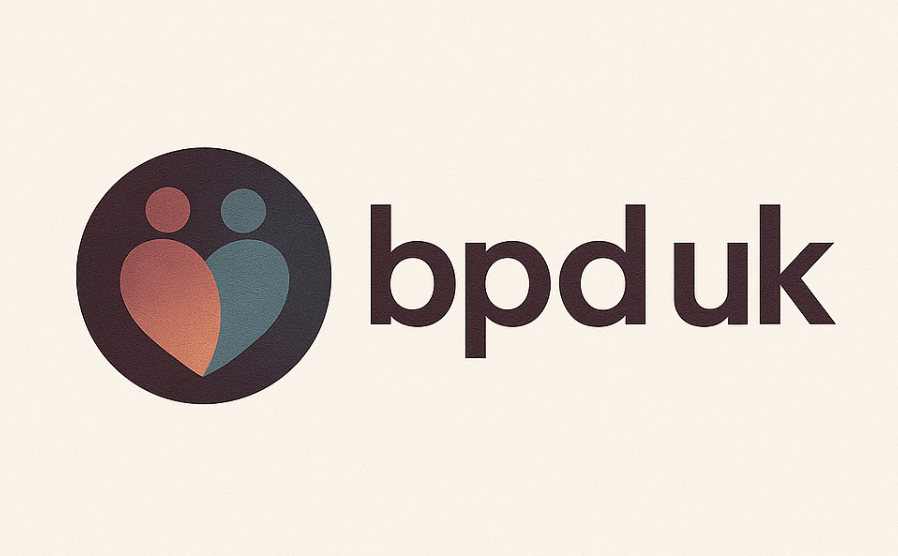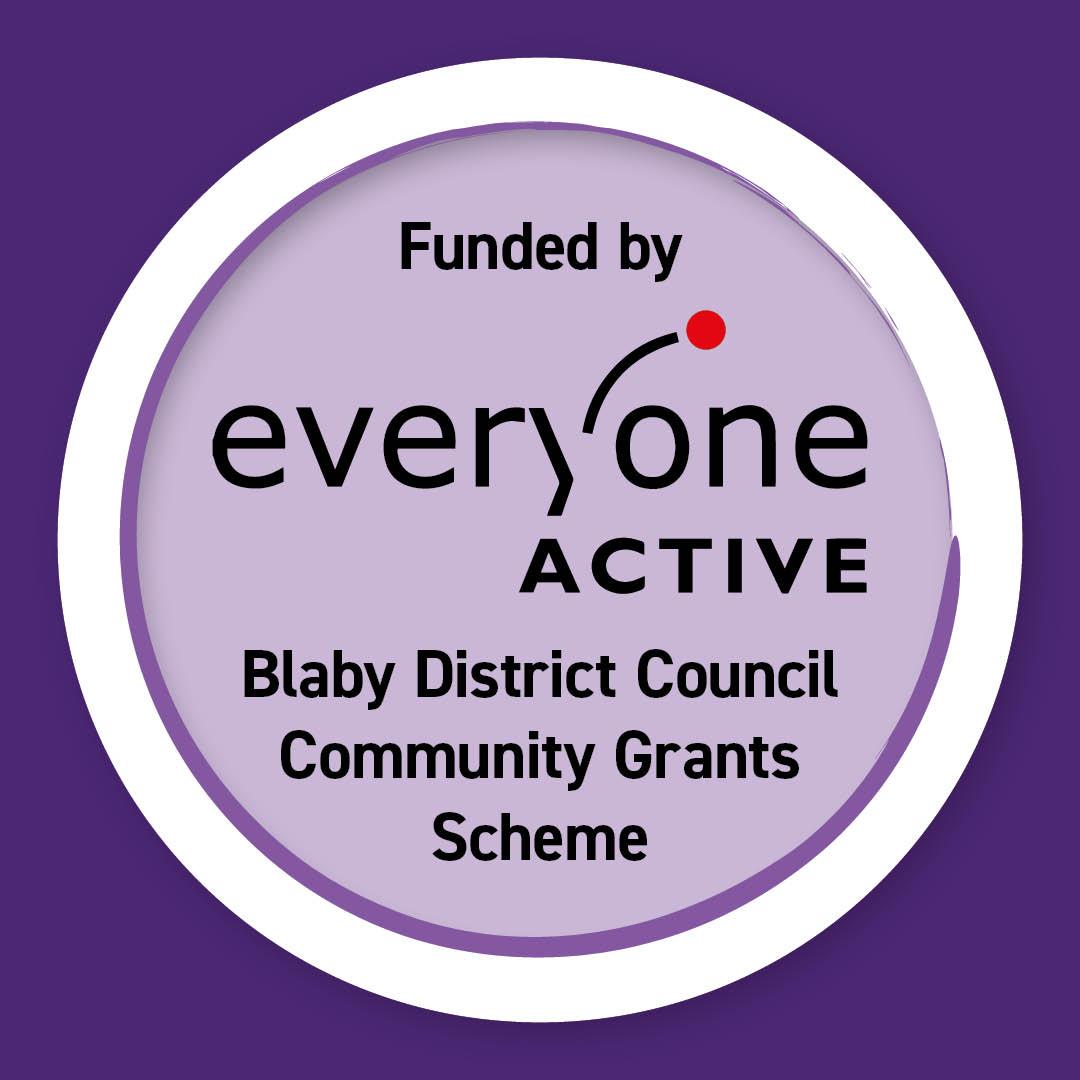WE help CARERS AND FAMILIES
borderline personality disorder support
We provide practical tools, guidance, and community support to help you navigate the challenges of Borderline Personality Disorder. With our AI BPD Coach, webinars, and lived experience network, you don’t have to face this journey alone.
of sufferers may face suicidal thoughts and act on them
will achieve remission within four years with the help of therapy and family support
Annual Cost
A not-for-profit organisation for Carers of people with Borderline Personality Disorder
our mission is
To support and empower the families, carers, and loved ones of individuals with Borderline Personality Disorder. We aim to reduce suffering, prevent crisis, and build resilience through peer-led support, education, and innovative digital tools
SPONSOR OUR PROJECTS
Are you a corporation that wants to save lives?

AI Borderline Personality Disorder Teacher
Ask the AI BPD Teacher anything — from how to respond in a crisis to setting healthy boundaries or understanding complex BPD behaviours.
Whether you’re facing a challenge or trying to prepare for what’s ahead, the BPD Teacher delivers short, focused lessons that help you learn exactly what you need — when you need it.
✅ Available 24/7
✅ Completely private and anonymous
✅ Created for carers of people with Borderline Personality Disorder
👉 Learn from dozens of practical, evidence-based mini courses that move you forward — step by step — in supporting your loved one.
our courses
We offer eight-week courses designed to empower the families, carers, and loved ones of individuals with Borderline Personality Disorder.
These courses provide practical tools, emotional guidance, and a safe space to learn, share, and grow. Led by people with lived experience and grounded in evidence-based approaches, they help carers better understand BPD, respond with compassion, and build healthier relationships.
Events, Webinars and Support Groups
- We organise weekly dancing events to raise funds and create an inclusive environment for people with complex mental health conditions.
- We deliver educational webinars on a monthly basis. And they are completely FREE
- We organise support groups of around 5-6 people to discuss in confidence our struggles. FREE of charge.

One2One Support
for Carers
Who Carry Everything
Through our peer-led support, we offer one-to-one guidance for parents, partners, and loved ones navigating life after a BPD diagnosis. Whether it’s understanding emotional outbursts, setting boundaries, or simply finding space to breathe our One2One sessions help carers feel seen, supported, and stronger.
Ask for Help
Have Any Question?
info.bpduk@gmail.com
Research News
THOSE WHO BELIEVE IN THE POWER OF CARERS













